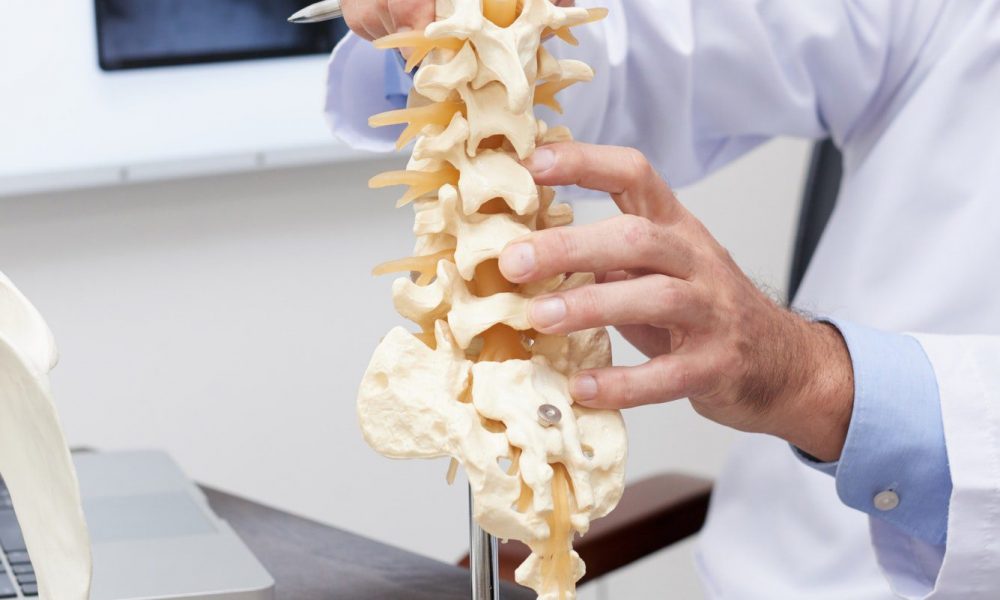
Osteopathy and Ayurveda are two alternative medical systems that focus on treating the whole person rather than just the symptoms to promote health and wholeness. Both osteopathy and Ayurveda have a long history and are founded on harmony, balance, and natural healing. The definitions of osteopathy and Ayurveda, their differences, and how they can help you are all covered in this article.
What is Osteopathy?
The musculoskeletal system, which consists of the bones, muscles, joints, ligaments, tendons, and nerves, is the focus of osteopathy, a drug-free, non-invasive manual therapy. Osteopaths use their hands to examine and treat a range of illnesses that impact the body’s structure and functionality. They employ stretching, massaging, mobilising, and manipulating the tissues to help patients regain a normal range of motion, manage pain, improve blood flow, and activate their body’s natural healing processes. Osteopaths also consider how the musculoskeletal system interacts with other bodily systems, including the immunological, neurological, digestive, and respiratory systems.
Back pain, neck discomfort, headaches, arthritis, sports injuries, digestive difficulties, respiratory troubles, and stress-related problems are just a few of the ailments that osteopaths may treat.
What is Ayurveda?
More than 5,000 years ago, in India, the Ayurvedic medical system was developed. The term Ayurveda, which translates to “the science of life,” is founded on the idea of harmony between the three doshas (vata, pitta, and Kapha), which are the forces that control how the body works, and the five elements of earth, water, fire, air, and space. Each person has a different constitution, or Prakriti, according to Ayurveda, which determines their physical, mental, and emotional traits.
Ayurveda uses a variety of techniques, including nutrition, lifestyle, herbs, massage, yoga, meditation, cleaning therapies (panchakarma), and rejuvenation therapies (rasayana), to preserve or restore the balance between the elements and the doshas.
How do osteopathic medicine and Ayurveda differ?
Their holistic approaches to health and wellness are some of the parallels between osteopathic medicine and Ayurveda. But they also differ regarding their historical roots, philosophies, operational approaches, and application areas. Some of the most significant variations include:
- In contrast to Ayurveda, which has a lengthy history in India extending back to the Vedic period, osteopathy is a branch of Western medicine developed in the late 19th century in the United States.
- Ayurveda is based on historical texts and empirical knowledge, whereas osteopathy is founded on scientific principles and evidence-based research.
- While Ayurveda views the harmony between the five elements and the three doshas as the foundation of health and disease, osteopathy emphasises the musculoskeletal system and its link with other body systems.
- While Ayurveda employs a variety of techniques, including diet, lifestyle, herbs, massage, yoga, meditation, cleansing therapies (panchakarma), and rejuvenation therapies (rasayana) to maintain or restore the harmony between the elements and the doshas, osteopathy uses manual techniques to diagnose and treat a variety of conditions affecting the body’s structure and function.
- Ayurveda is practised by qualified professionals who have earned a degree or diploma in Ayurvedic medicine. At the same time, osteopathy is carried out by licenced medical professionals who have finished a four-year medical degree and further training in osteopathic manipulative medicine.
Several alternatives are available if you’re looking for Ayurvedic treatment Dubai. Numerous Ayurveda clinics in Dubai provide natural and effective treatments for various ailments, including back pain, arthritis, diabetes, hypertension, stress, insomnia, migraine, sinusitis, skin disorders, and more. Top Ayurvedic facilities in Dubai include Dr Shyam’s Ayurvedic Centre, Kottakkal Ayurvedic Treatment Centre, and Ayur Treat.
You can enhance your physical, mental, and emotional well-being by using osteopathic and ayurvedic holistic approaches to health and wellness. In Dubai, numerous osteopathic and Ayurvedic clinics provide high-quality care for various problems. Their origins, ideologies, methodologies, and areas of practice differ while sharing some similarities. Call any of these clinics and make an appointment immediately if you or a loved one is interested in trying osteopathy or Ayurveda.






